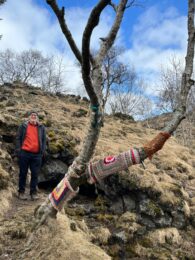 Neil and his wife Heather have newly arrived from living in Auroville in the south of India and are now living in Kinloss. With his background in science, plants and communities he was naturally drawn to the work of the FHT and was voted onto the board of trustees at our September AGM. Welcome Neil and thanks for sharing a little more about yourself in the following interview.
Neil and his wife Heather have newly arrived from living in Auroville in the south of India and are now living in Kinloss. With his background in science, plants and communities he was naturally drawn to the work of the FHT and was voted onto the board of trustees at our September AGM. Welcome Neil and thanks for sharing a little more about yourself in the following interview.
Tell us a little about yourself including what sort of work you have been involved in in the past?
I have always felt a deep love and connection to nature. This was partly formed as a result of growing up in South Africa, where I was fortunate to be able to experience the wildness and biodiversity of the country. I went on to study plant sciences at university, and then pursued a PhD in plant chemistry. After graduation I got a job researching and producing herbal medicines for Neal’s Yard Remedies in London. Surrounded by medicinal plants and essential oils I became interested in a more holistic approach to science, which led me to pursue an MSc at Schumacher College. It was in learning about Gaia Theory that my interest in herbal medicine, and natural ways of healing the human body, developed into my work of restoring degraded landscapes, which I have come to see as a way of trying to heal the wounds of the earth body. I have worked on a range of ecorestoration projects since that time, both in British Columbia, Canada (where my wife is from), as well as in South India, where I was a member of the Auroville community. This has included wetland and forest ecorestoration, rehabilitating lands damaged by mines, plant biodiversity conservation, and biological monitoring and mapping. As a result of these experiences I have been privileged to witness how quickly nature can heal itself when we are able to support it.
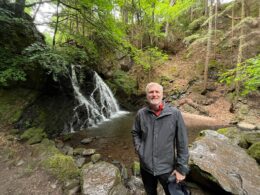 Why did you decide to become a trustee and in what way do you expect to contribute?
Why did you decide to become a trustee and in what way do you expect to contribute?
My parents are from Glasgow, and through them I have always felt a deep connection to the land and culture of Scotland. My visits to them often included trips to Findhorn, which I was interested in because of my involvement in Auroville. I am excited about the potential arising here as the extended community buys the land and assets from the Findhorn Foundation, and I am particularly drawn to the FHT and the critical work it is doing to protect the endangered dune systems of the Moray Coast. I look forward to learning more about the plants and animals of the region and to supporting the FHT to develop long-term strategies for appropriate stewardship of the land. I am also interested in helping the FHT with its biological monitoring and ecological restoration programs.
While working in the Auroville Botanical Gardens I became fascinated by the interface between cultural and ecological landscapes, and the impact of worldview in ensuring biodiversity protection. In South India, for example, the ancient worldview that perceives a sacred, interconnected relationship between humans, the divine, and nature has helped to preserve forests in temple areas. Some of the work I did involved monitoring the biodiversity of these temple groves, as well as propagating seeds to regenerate indigenous forest in areas that had been deforested. Scotland also has a long tradition of beliefs in sacred interconnection with the land, as can be seen in the various holy wells and sacred groves that dot the landscape, however this has mostly been forgotten. Now that I am partly based in Scotland one of the questions I am sitting with is how to include these ancestral voices and stories into the ecological restoration and stewardship of the land that we can do here.
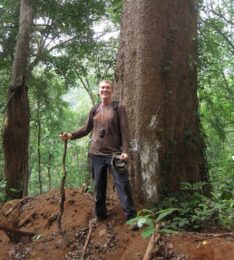 Even though you have only been here a very short time, with your fresh eyes, are you able to sense a vision for the future of the trust?
Even though you have only been here a very short time, with your fresh eyes, are you able to sense a vision for the future of the trust?
The FHT is in an exciting transitional time as it moves from its role of managing land owned by others to taking on ownership of these lands. The fact that the extended Findhorn community has put its trust in the FHT to take on this new role is a testament to all the good work the FHT has done over the years. I believe that going forward the FHT is in a good position to develop both its ecological restoration as well as its educational programs. I see the ocean, dunes, forests and grasslands of the Hinterland as offering a great opportunity to personally explore Findhorn’s guiding principles of inner listening, co-creation with nature and love in action, while protecting a nationally significant biodiversity hotspot.
Interviewed by Jonathan Caddy
November 2024


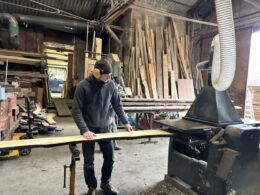
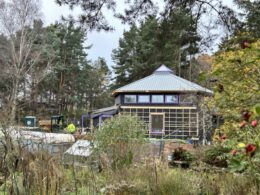
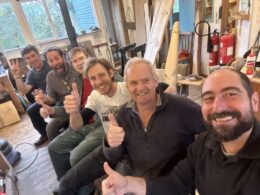
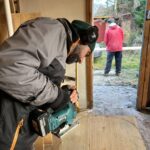
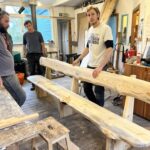

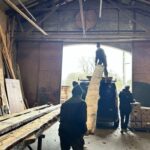
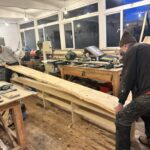
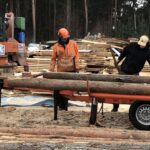
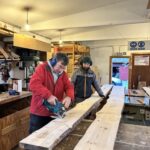

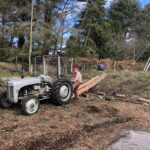
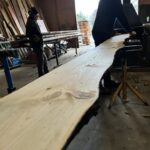
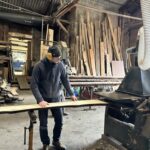
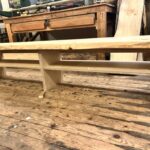
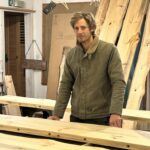
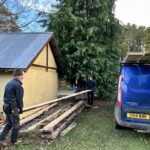
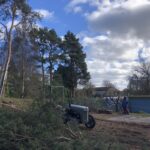

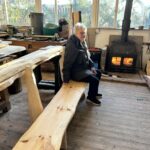
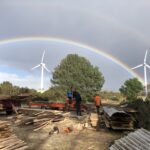
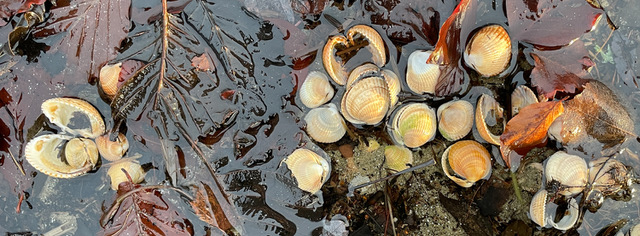
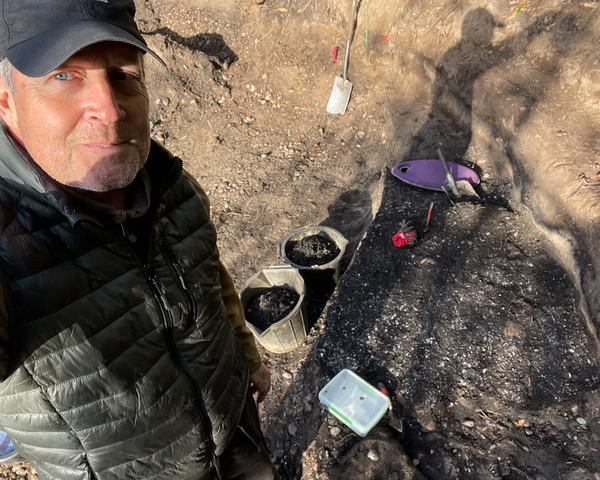
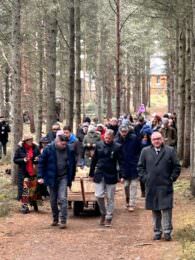
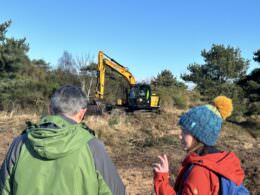
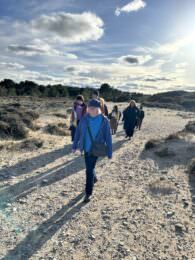
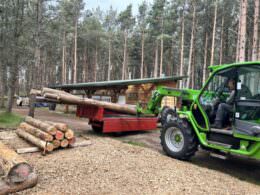
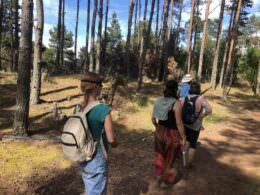
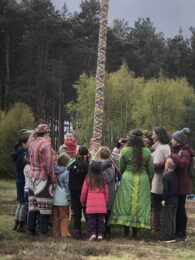
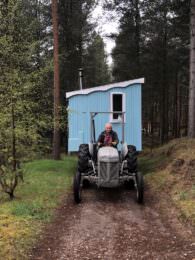
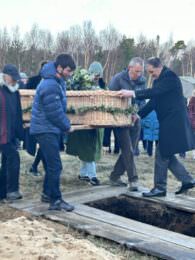
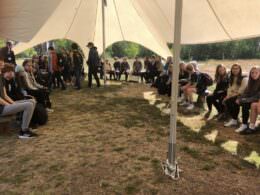










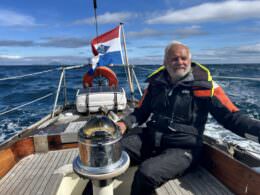
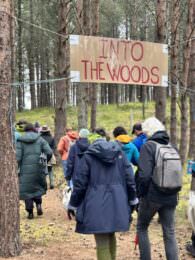
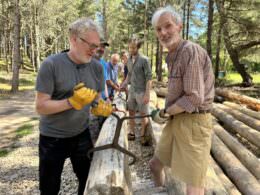
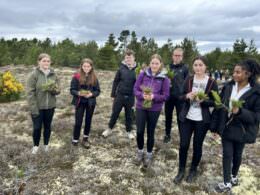

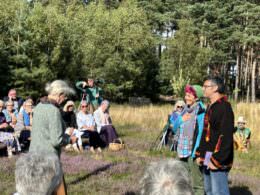
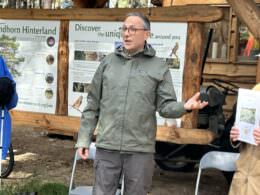
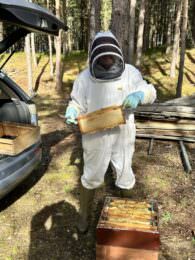


















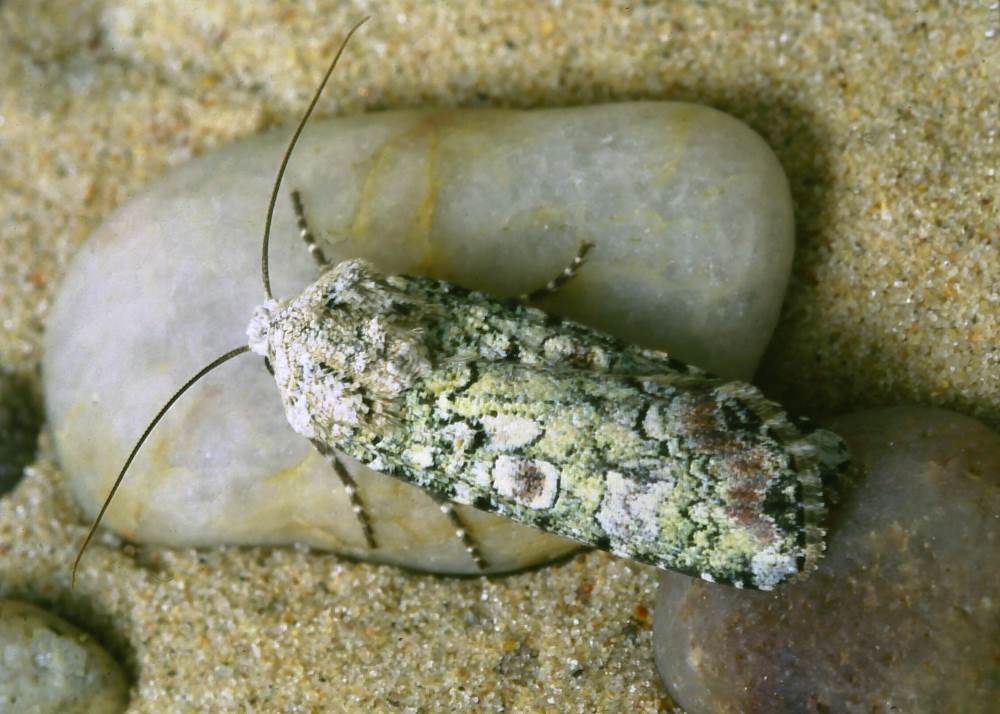
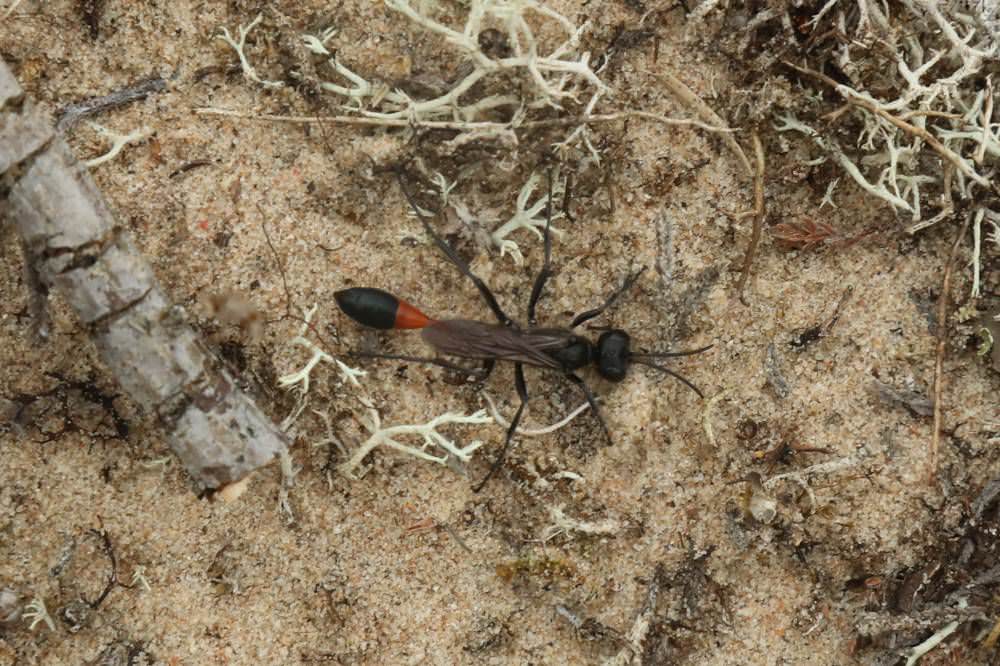
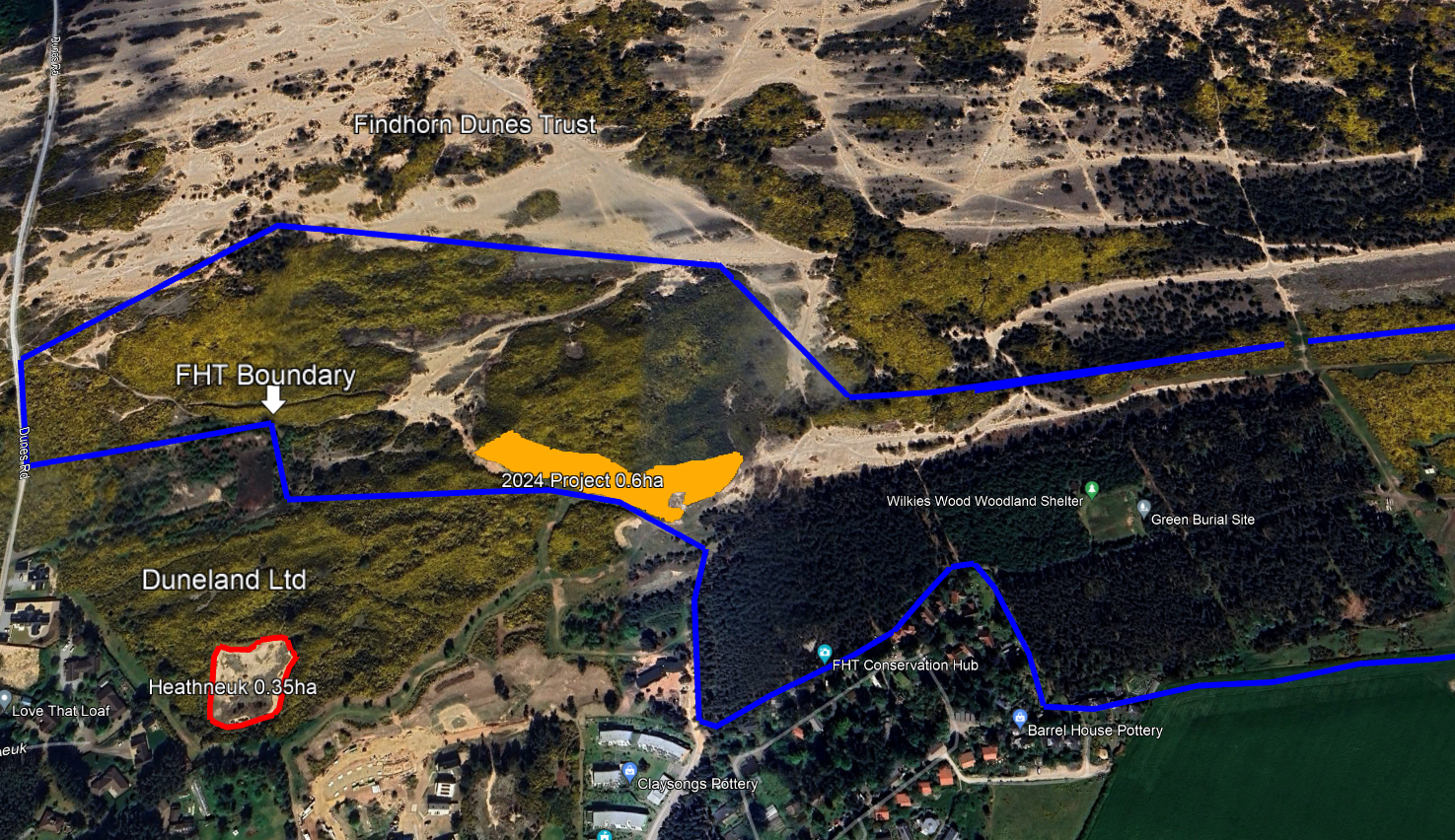
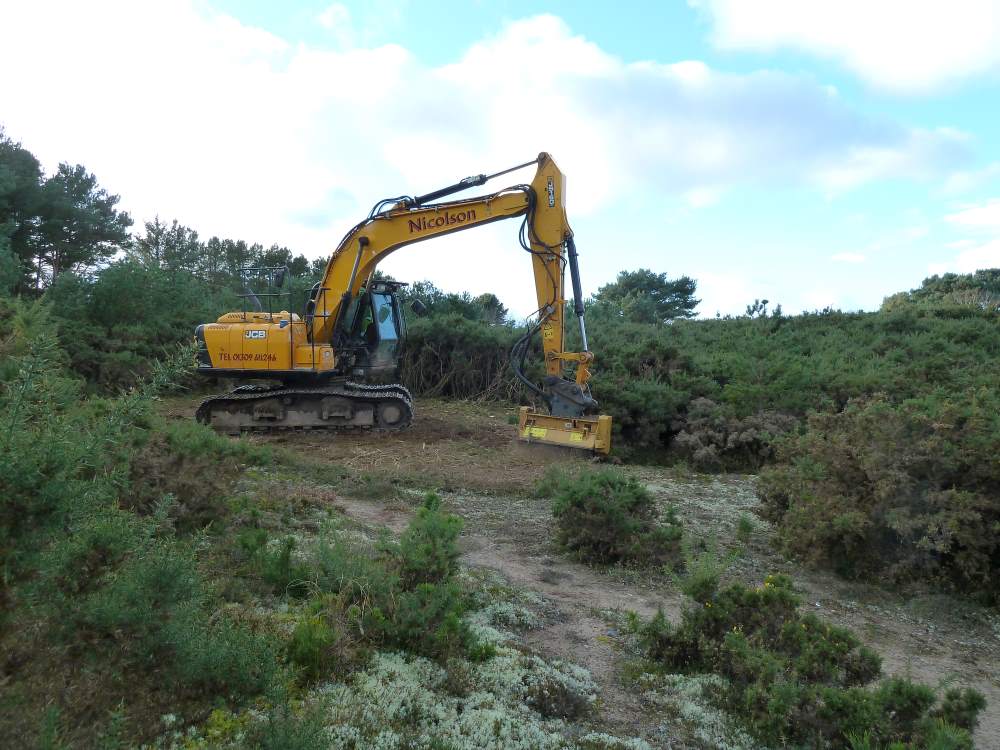
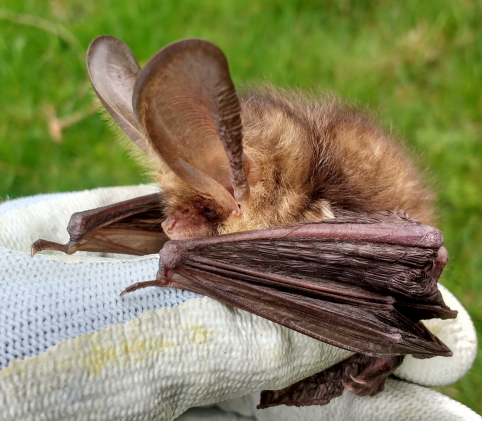
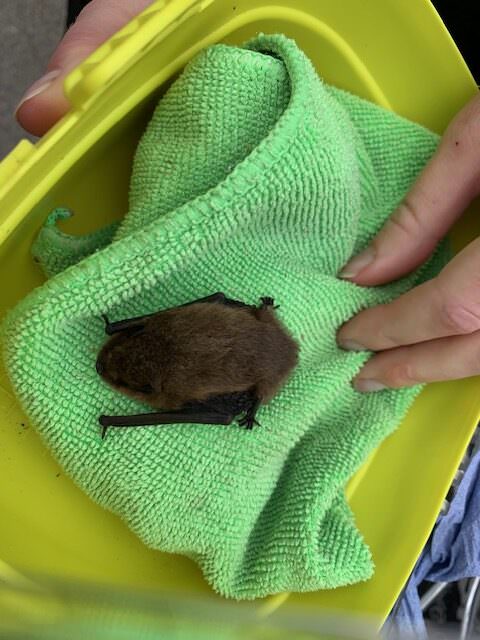
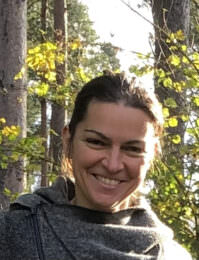
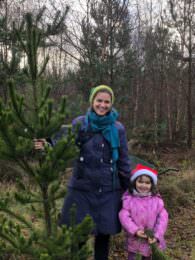
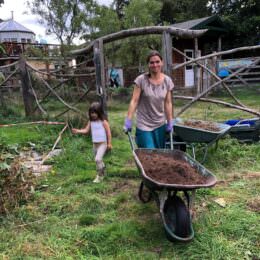
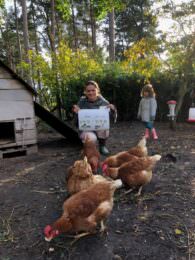
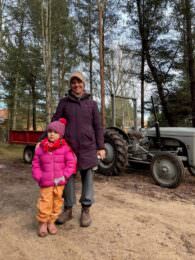
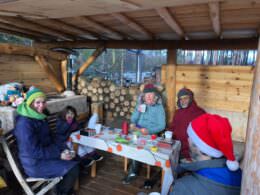
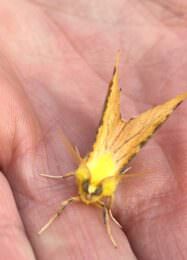
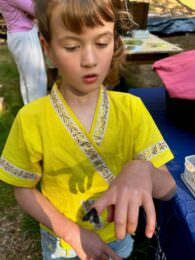
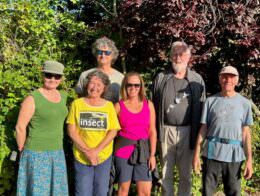
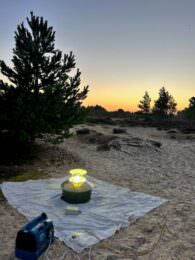















Lichens- Microbiology Project Visit to Findhorn.
In September 2024 three researchers from Iceland, Colombia and Spain visited Findhorn, accompanied by biologist Dr Nathan Chrismas from the Royal Botanic Gardens, Edinburgh. Duneland and FHT Chairs, Eian Smith and Jonathan Caddy, met the group to introduce the work of Duneland and of the Findhorn Hinterland Trust and Heather Paul showed the visitors around.
Many of the Peltigera lichens that can be found around Findhorn also grow in the tundra-like habitats of northern Iceland. The project is focussing on discovering how the communities of bacteria associated with these lichens differ in temperate and sub-arctic habitats, and whether these lichen communities can be used as indicators of environmental change.
A number of Peltigera species were collected for further study.
Collection of Peltigera hymenina from Findhorn Hinterland Trust
We hope to hear the results of the research which was taking place on a number of UK sites. The first stages of analysis have now begun, but it may take some time before the final results are ready.
Heather Paul
Local Lichen Enthusiast